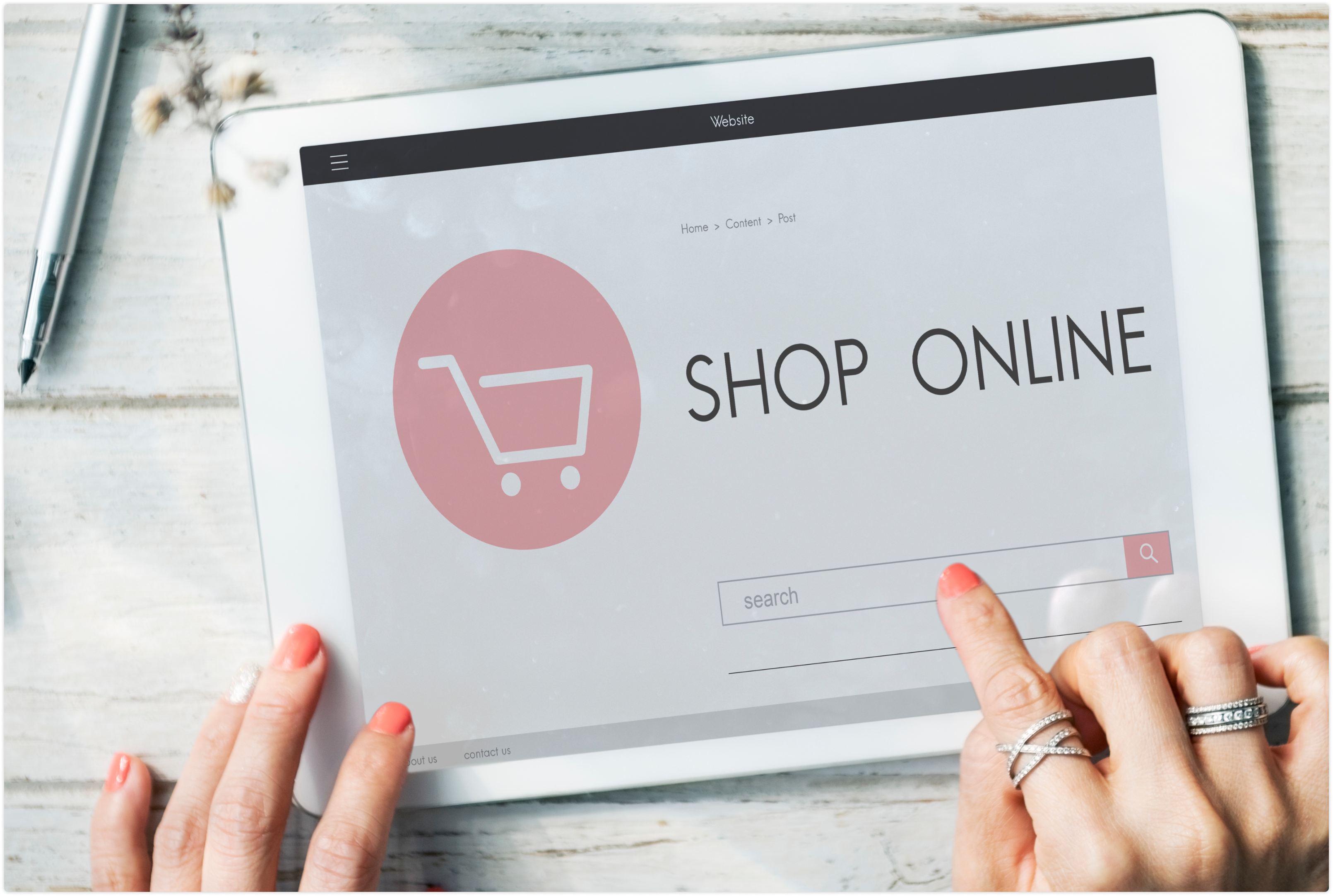How to Optimize Product Pages for Better Search Visibility

The competition in the e-commerce landscape is fierce, and standing out can be an uphill battle. One of the key ways to gain a competitive edge is by optimizing your product pages for search engines. Proper optimization not only improves your site's search visibility but also enhances user experience, which is critical for conversions. In this guide, we'll walk you through some essential steps to optimize your product pages for better search visibility.
Title Tags
Ensure that the title tags on your product pages include relevant keywords. However, make sure the title is still readable and makes sense to your customers.
✅ Good Example: "Women's Running Shoes - [Brand Name]"
❌ Bad Example: "Shoes, Running, Women, Footwear"
Meta Description
Meta descriptions don't directly impact search rankings, but they influence click-through rates. Include your main keywords and create a compelling reason for the user to click.
Use High-Quality Images
Search engines increasingly value user experience, and high-quality images are a part of that. Use crisp, clear photos and offer multiple angles or even a 360-degree view if possible.
Optimize Image Alt Text
Always include descriptive alt text for your images. This helps search engines understand what the image is about and can improve your visibility in image search results.
✅ Good Example: "Women's red running shoes by [Brand Name]"
❌ Bad Example: "img001.jpg"
URL Structure
Keep your URL structure simple, and include keywords when possible.
✅ Good Example: "www.example.com/womens-running-shoes"
❌ Bad Example: "www.example.com/product/item123456"

Product Descriptions
Write unique and comprehensive product descriptions that include your target keywords. This will not only help with search engine ranking but also provide your customers with valuable information.
Schema Markup
Implement schema markup to provide search engines with structured information about your product. This can help your product appear in rich snippets and improve click-through rates.
Mobile Optimization
Ensure your product pages are mobile-friendly. Google uses mobile-first indexing, so if your pages are not optimized for mobile, your rankings could suffer.
Internal Linking
Use internal linking wisely to guide users to related products or categories. This not only improves user experience but also helps search engines crawl your site more effectively.
Social Sharing Buttons
Include social sharing buttons to encourage users to share your products. More shares can lead to more visibility and potentially more backlinks, which are good for SEO.
Customer Reviews
Encourage customer reviews and display them on your product pages. Not only do reviews build trust, but they also provide fresh, user-generated content that search engines love.
Page Load Speed
Slow-loading pages will deter customers and can negatively impact your search rankings. Optimize images, leverage browser caching, and improve server response times to make your pages load faster.
Optimizing your product pages is not just a one-off task but an ongoing process. Always keep an eye on your analytics to understand how users are interacting with your pages and make adjustments as needed. The ultimate goal is to create a seamless user experience that not only ranks well in search engines but also turns visitors into customers.